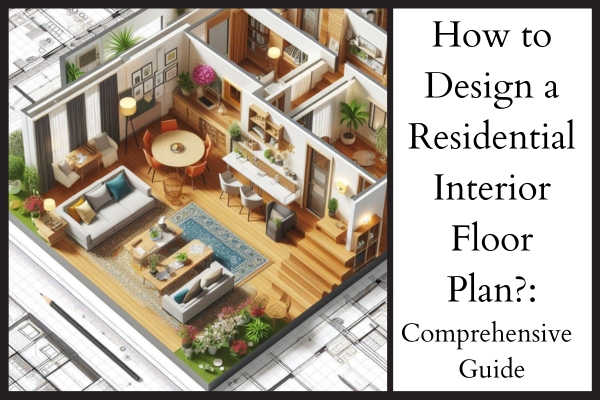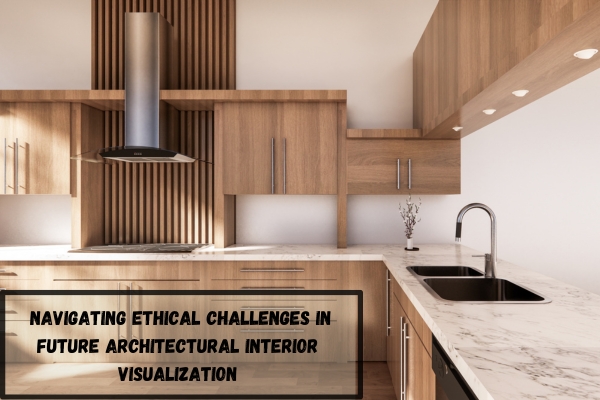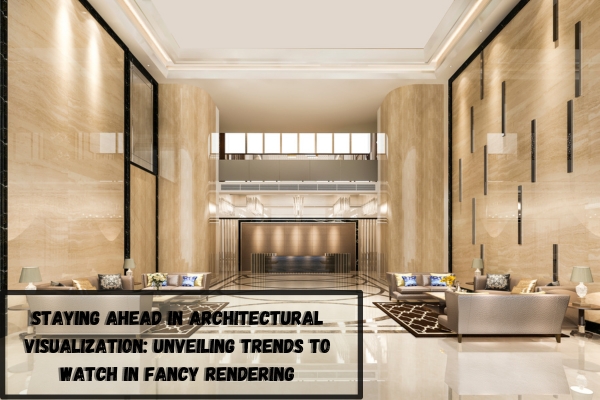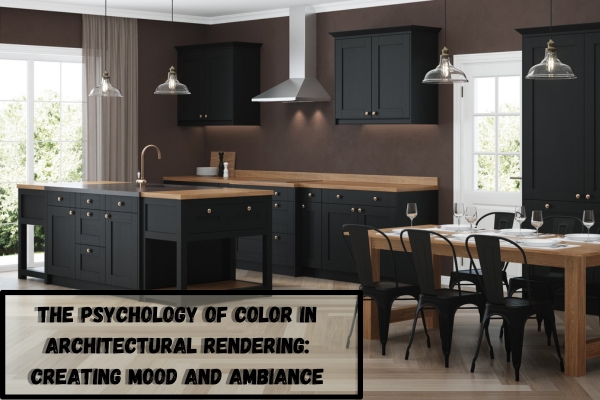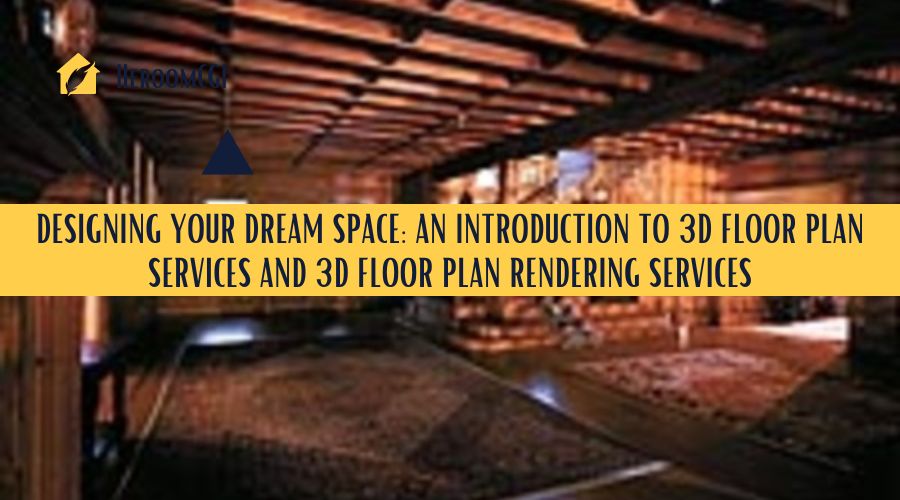As we approach 2024, the world of interior rendering is poised for significant transformations. With the ever-evolving technology landscape and the demand for visually stunning and immersive interior design, this article explores the exciting developments expected in the field of interior rendering in the near future. From integrating AI and VR to sustainability and innovative design trends, here’s what you can anticipate in 2024.
Artificial Intelligence (AI) and Machine Learning
In 2024, AI and machine learning will play a more significant role in interior rendering. AI algorithms will analyze user preferences, historical design data, and architectural elements to provide personalized design suggestions. These systems will help interior designers and homeowners make informed decisions, resulting in more efficient and tailored design processes.
Virtual Reality (VR) Integration
VR is set to revolutionize the way we experience interior design. In 2024, expect VR integration to become more accessible. Designers and clients can step into a virtual representation of a space, explore various designs, and make real-time modifications. This immersive experience will provide a more profound understanding of design concepts and enable better decision-making.
Sustainability and Eco-Friendly Design
The interior design industry is moving towards sustainability. In 2024, interior rendering will reflect this trend, showcasing eco-friendly materials, energy-efficient designs, and sustainable practices. Clients will have access to eco-conscious design options that not only look good but also contribute to a greener, more sustainable future.
Real-Time Rendering
Real-time rendering will become the norm in 2024. Thanks to advanced graphics processing units (GPUs) and rendering engines, designers will be able to make instant changes and see the results in real-time. This efficiency will reduce the time and cost of the design process, making it more accessible to a broader audience.
Hyper-Realistic Visualization
Interior rendering will become hyper-realistic in 2024. The line between rendered images and actual photographs will blur with improvements in lighting, texture mapping, and shading techniques. Designers will be able to create visuals that are virtually indistinguishable from reality.
Augmented Reality (AR) Applications
Augmented reality will play a crucial role in interior design. In 2024, AR apps will enable users to superimpose virtual furniture, color schemes, and decor onto their physical spaces. This “try before you buy” approach will be a game-changer for both designers and homeowners, as it allows for better visualization and decision-making.
Collaborative Design Platforms
The collaboration will be at the forefront of interior rendering. Online platforms will enable designers, clients, and contractors to work together seamlessly. Real-time collaboration on design projects will become the norm, making sharing ideas and iterating on designs easier.
Biophilic Design
Biophilic design, which incorporates elements of nature into interior spaces, will gain popularity in 2024. Expect to see more interior renderings that feature natural light, greenery, and sustainable materials, creating spaces that promote well-being and connectivity with the environment.
Customization and Personalization
Interior rendering tools will become more sophisticated in 2024, allowing for detailed customization. Homeowners will have the ability to personalize every aspect of their living spaces, from the shape of the furniture to the texture of the walls, resulting in highly unique and tailored designs.
Security and Privacy
With the increasing use of AI and VR, the issue of data security and privacy will become more critical. Expect stricter regulations and enhanced security measures to protect personal and design-related data.
Conclusion
In conclusion, the future of interior rendering in 2024 promises a dynamic landscape filled with innovation and sustainability. AI, VR, real-time rendering, and a heightened focus on customization will define the industry. Interior design will not only be visually stunning but also eco-friendly, user-centric, and accessible to a broader audience.
Get ready to embark on a journey of design possibilities where technology and creativity converge to shape the interiors of tomorrow.


